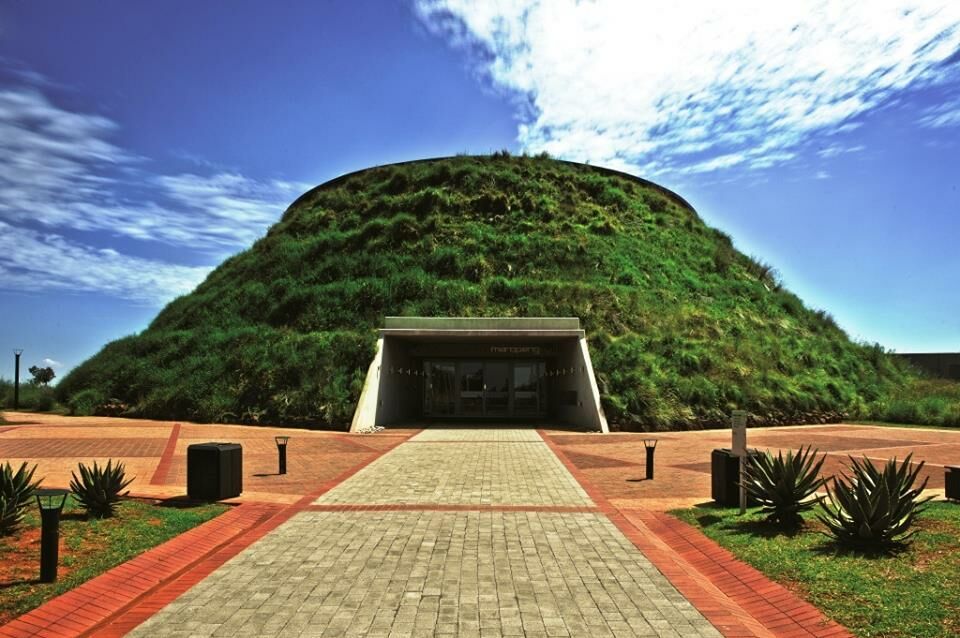The 20-Second Trick For Johannesburg North Attractions
More About Johannesburg North Attractions
Table of ContentsJohannesburg North Attractions for DummiesThe Buzz on Johannesburg North AttractionsWhat Does Johannesburg North Attractions Mean?The 6-Second Trick For Johannesburg North AttractionsNot known Facts About Johannesburg North AttractionsNot known Facts About Johannesburg North AttractionsExamine This Report about Johannesburg North Attractions
However you need to keep protection in mind and visitors need to remain sharp in any way times when in unfamiliar environments. Speak with the citizens when you are in community to find out regarding the location you are staying in. Johannesburg North attractions. When on the street (this doesn't relate to mall and other safe atmospheres) ideal general suggestions is to try your ideal to look like a local and to avoid showing any kind of wealth
Some Known Facts About Johannesburg North Attractions.
Teacher Revil Mason O. J. (Thomson, 1946) checked out the Witwatersrand's pre-colonial background. His archaeological job exploded the 'em pty land' myth, according to which the area was without human habitation before the arrival of European inhabitants. In his magazines Prehistory of the Transvaal: A Document of Human Task (1962) and Origins of Black People of Johannesburg and the Southern Western Central Transvaal Advertisement 3501880 (1986 ), Professor Mason showed the level of social and financial development in the area before Europeans established foot right here.

Facts About Johannesburg North Attractions Uncovered
He acted with the government's permission, provided after he had vowed to keep his explorations secret. In 1874, small mining procedures were begun in the Magaliesberg, where an Australian, Henry Lewis, had discovered gold deposits. In 1878, David Wardrop discovered gold in quartz blood vessels at Zwartkop, north of Krugersdorp. In 1881, Stephanus Minnaar found gold on the ranch Kromdraai, near the Cradle of Mankind.
In March 1886, a protrusion (quickly to be called the Main Reef) was located, quite luckily, on Gerhardus Oosthuizen's farm Langlaagte. Some say that the Lancastrian coal miner George Pedestrian found this reef. One more itinerant English prospector, George Harrison (that had actually previously functioned in Australian mines) acquired a prospecting licence in regard of Langlaagte in May 1886.
He chose to carry on in a quest for greener pastures, and disposed of his Langlaagte insurance claim for the handsome amount of 10. Alas: under lay the richest goldfield ever before found. The exploration of this abundant auriferous coral reef provoked a gold thrill that signified the end of agrarian tranquillity in the southerly Transvaal.
It would certainly, within 6 years, become the largest town in southern Africa. Within a decade, it would make the Z. A. R. until after that an anarchical and insolvent little state the wealthiest nation in Africa. By the turn of the century, the Z. A. R. was to go beyond Russia, Australia and the United States of America to come to be the globe's leading gold manufacturer, generating greater than a quarter of the world's gold.
Rumored Buzz on Johannesburg North Attractions
It was referred to as Ferreira's Camp, called after Colonel Ignatius Ferreira. He was a Boer adventurer upon whom the British authorities had more actually presented the status of Friend of one of the most Distinguished Order of St Michael and St George (qualifying him to the post-nominal letters C. M. G.) in appreciation for his duty in the war that had actually deposed the Pedi king Sekhukhune in 1879.
Quickly the camp was including outdoors tents and wagons as beginners showed up daily from everywhere. By September 1886, some 400 people resided in Ferreira's Camp, which soon flaunted upreared iron and wood buildings. Two various other camps were developed: Meyer's Camp on the ranch Doornfontein, and Paarl Camp. The latter was nicknamed Afrikander Camp; lots of people from the Cape Nest resolved there.

The 45-Second Trick For Johannesburg North Attractions
This name gained money by word of mouth, such that the State Secretary verified the name to the Mining Commissioner on 9 October 1886. Stands in the town were auctioned on 8 December 1886. While some stands were marketed for 10, others were knocked down for as low as sixpence.
Two years later on, these erven were to transform hands for as long as 750 each. The tented camps dwindled as a dorp of corrugated iron structures established and broadened north of the mines located along visite site the Key Coral Reef Road. Areas such as Jeppe's Community (where working-class immigrants erected their dwellings) and Doornfontein (where the upscale brand-new 'Randlords' started to build their extravagant residences) were quickly contributed to the ever-expanding map of the town.
Some Known Questions About Johannesburg North Attractions.
Apart from the road names, there were no indicators of Johannesburg being located in a Dutch-speaking nation., nearly every person talked English and even the Government slaves dealt with one in English, unless they were very first attended to in the Taal (or Reduced Dutch)'.
Because of this, Britain had a rate of interest in making sure optimal problems for gold manufacturing on the Witwatersrand, and that the gold was exported to London rather than Berlin a necessary made even more clamant by the Z. A. R - Johannesburg North attractions.'s raising toenadering with Germany. Mine proprietors were on a collision program with President Kruger, whose plan of monopolistic giving ins (usually provided to his cronies) protected against mining firms from acquiring materials of products (particularly dynamite) and work on their own, less expensive terms
The Only Guide for Johannesburg North Attractions
In 1890, the Volksraad had limited the franchise business to white men that had lived in the Z. A. R. for fourteen years or longer, hence invalidating most of the immigrants (that took place to be the major factors to the fiscus). Frustration for the vote was a plain pretext for promoting a various program; the majority of uitlanders concerned themselves as short-lived visitors and had no objective of continuing to be in the Z.